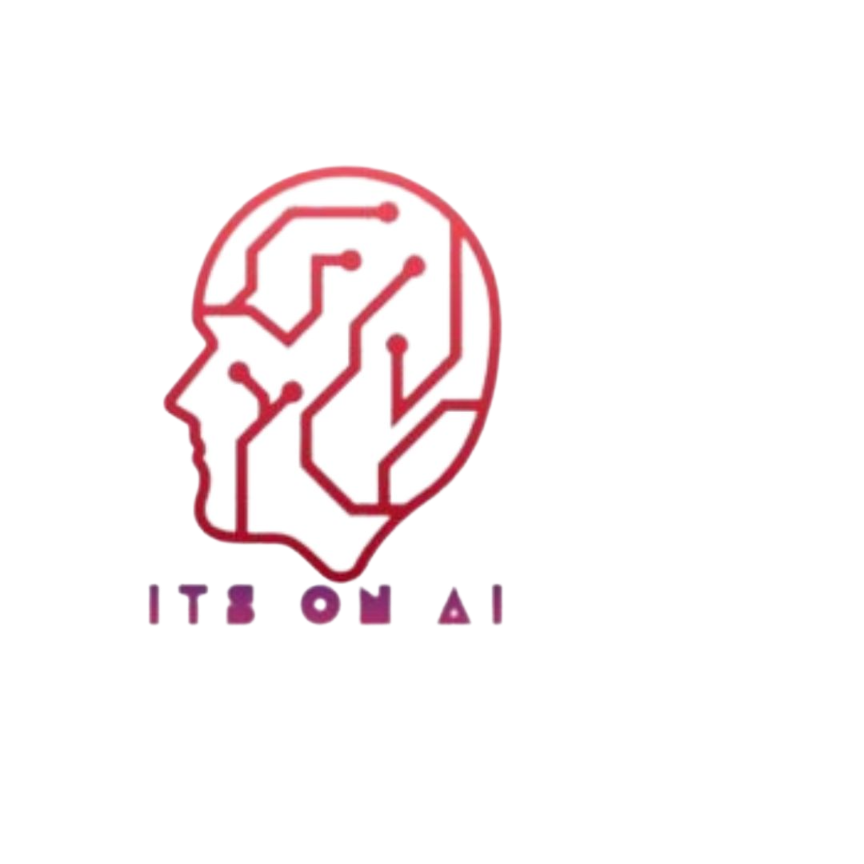Beyond the Code: Navigating the Ethical Minefields of Artificial Intelligence
Ethical Minefields In our ever-changing digital environment, artificial intelligence (AI) has emerged as a fundamental force driving innovation and transformation. Virtual personal assistants and self-driving cars are just two instances of how AI has influenced almost every area of our lives. While AI has enormous promise, it also brings with it a slew of ethical quandaries that humans must negotiate.
Table of Contents
ToggleThe Significance of Ethical AI
Ethical AI refers to the responsible and moral development, deployment, and use of AI technologies. Its significance lies in the potential to safeguard human rights, ensure fairness, transparency, and accountability, and mitigate potential harms. To achieve this, we must address several critical ethical considerations.
Transparency and Accountability:
Ethical AI requires transparency in how AI systems make decisions. This involves understanding the algorithms, data inputs, and decision-making processes. Also, accountability is crucial.
Fairness and Bias:
AI algorithms can inadvertently perpetuate biases present in the training data. Ensuring fairness in AI systems is vital to prevent discrimination against race, gender, age, or other protected characteristics. Bias detection and mitigation techniques are crucial here.
Privacy and Data Security: Ethical Minefields
Ethical AI respects individuals’ privacy and safeguards sensitive data. Consent, anonymization, and robust cybersecurity measures must be integrated into AI systems to protect users’ information.
Beneficence and Non-Maleficence:
AI should aim to maximize benefits while minimizing harm. This principle ensures that AI developers prioritize human well-being and avoid creating systems that can cause harm, such as autonomous weapons.
Challenges in Implementing Ethical AI
While the principles of Ethical AI are clear, implementing them is far from straightforward. The following are some of the significant challenges in navigating the ethical minefields of AI:
- Lack of Regulation:
The AI field is evolving faster than regulatory frameworks can keep up. This regulatory gap allows companies to develop and deploy AI systems without clear ethical guidelines.
- Data Bias:
AI systems learn from historical data, which may contain biases. These biases can be perpetuated in AI decision-making, leading to discrimination and unfairness.
- Black Box AI:

Many AI models, especially deep learning models, are regarded as “black boxes” because of how difficult it is to understand how they make decisions. Also, It is challenging to comprehend and handle ethical issues as a result of this lack of transparency.
- Ethical Trade-Offs:
In some cases, there are ethical trade-offs between competing values. For instance, enhancing security might compromise individual privacy. And optimizing for efficiency might lead to job displacement.
- Bias in AI Development Teams:
The people who develop AI systems may inadvertently introduce their own biases into the technology, affecting how it interprets and processes data.
Navigating the Ethical Minefields
To navigate these challenges and ensure Ethical AI, we need a multi-faceted approach:
Regulatory Frameworks:
Governments and international bodies play a pivotal role in establishing a solid foundation for Ethical AI. These entities must collaborate to craft comprehensive and adaptable regulations that address the complexities of AI ethics. Such regulations should encompass a range of crucial aspects, including transparency, fairness, and accountability.
Transparency: Ethical Minefields
To ensure Ethical AI, regulations should mandate transparency in AI systems. This means that developers and organizations must be transparent about how AI algorithms make decisions. This includes disclosing the data sources used, the training process, and the decision-making criteria.
Fairness:
Regulatory frameworks should require AI systems to be fair and unbiased. Developers must extensively test their models for any biases. And particularly those related to race, gender, age, or other protected characteristics. When biases are detected, there must be a clear plan for addressing and correcting them.
Accountability:
Ethical AI regulations should outline mechanisms for assigning responsibility. When AI systems cause harm or make erroneous decisions. This may involve establishing legal frameworks that hold organizations and individuals accountable for the outcomes of the AI systems they deploy.
Diverse and Inclusive AI Teams:
Building AI development teams with diverse perspectives is a critical step towards reducing biases and embracing a holistic approach to ethical AI. Diverse teams bring a wide range of experiences, backgrounds, and viewpoints to the table, which can help identify and rectify potential ethical pitfalls.
- Cultural Diversity:
A diverse team may include members from different cultural backgrounds. This diversity helps in recognizing cultural biases that might be embedded in AI systems, ensuring that the technology is sensitive to various cultural norms and values.
- Ethical Considerations:
Having ethicists and philosophers on AI teams can provide valuable insights into ethical dilemmas and guide the development process toward more responsible and morally sound outcomes.
- User Representation:
Including representatives from the user community ensures that AI systems are developed with the end-users interests in mind, contributing to the technology’s overall ethical alignment.
Ethical Impact Assessments:
Before deploying AI systems, organizations should conduct comprehensive ethical impact assessments. These assessments serve as a proactive approach to identifying potential biases, risks, and harms associated with the technology. The goal is to mitigate ethical concerns before they manifest.
Data Evaluation:
Ethical impact assessments should scrutinize the data sources used for training AI models. This involves identifying any historical biases present in the data and taking measures to correct or mitigate them.
Risk Identification:
Assessments should identify potential risks, both to individuals and society as a whole. This includes risks related to privacy violations, discrimination, job displacement, and more.
Mitigation Strategies:
Organizations should develop strategies to address and mitigate the identified ethical concerns. These strategies may involve refining the AI model, adjusting decision-making criteria, or implementing additional safeguards.
Transparency Tools:
Developers should prioritize creating AI systems with built-in transparency tools. These tools serve as a window into the decision-making processes of AI algorithms, allowing users, regulators, and other stakeholders.
Explain ability:
Transparency tools should provide clear and interpretable explanations of AI decisions. This helps users and auditors comprehend why a particular decision was made, which is crucial for accountability.
Audit Trails:
AI systems should maintain detailed audit trails that log the inputs, processes, and outputs of each decision. These logs facilitate post hoc analysis and accountability in case of errors or biases.
Continuous Monitoring and Updates:
Ethical AI is an ongoing commitment. AI systems should be subject to continuous monitoring for biases and ethical concerns, with mechanisms in place to regularly update and improve them as needed.
Bias Detection:
Continuous monitoring should include robust bias detection mechanisms that regularly evaluate AI outputs for signs of bias or discrimination. Any detected biases should trigger immediate corrective actions.
Feedback Loops:
AI systems should incorporate feedback loops that allow users and stakeholders to report issues or concerns. These feedback mechanisms facilitate a continuous improvement cycle.
Public Engagement:
Engaging the public in discussions about AI ethics is essential to creating a collective understanding of what is ethically acceptable. It fosters transparency and ensures that AI development aligns with societal values.
Stakeholder Involvement:
Public engagement should involve a wide range of stakeholders, including not only experts and regulators but also community representatives, advocacy groups, and affected individuals.
Ethics Education: Ethical Minefields of Artificial Intelligence
Public awareness and education campaigns can help people understand the ethical implications of AI and make informed decisions about its use.
Bottom Line:
Ethical AI is not a luxury; it is a necessity in our increasingly AI-driven world. Although to harness the immense potential of AI while minimizing its risks. By emphasizing transparency, fairness, and accountability, and by implementing regulatory frameworks and best practices.
we can create a future where AI benefits all of humanity. Let us remember that the code powering AI is just the beginning; it is the ethics behind the code that truly define our future.


